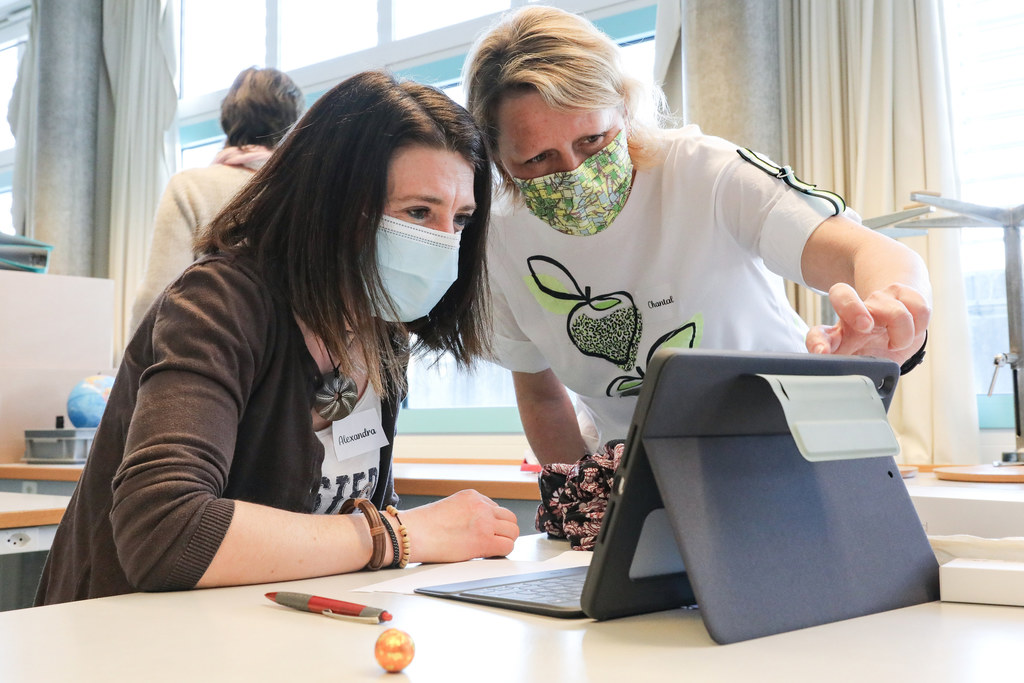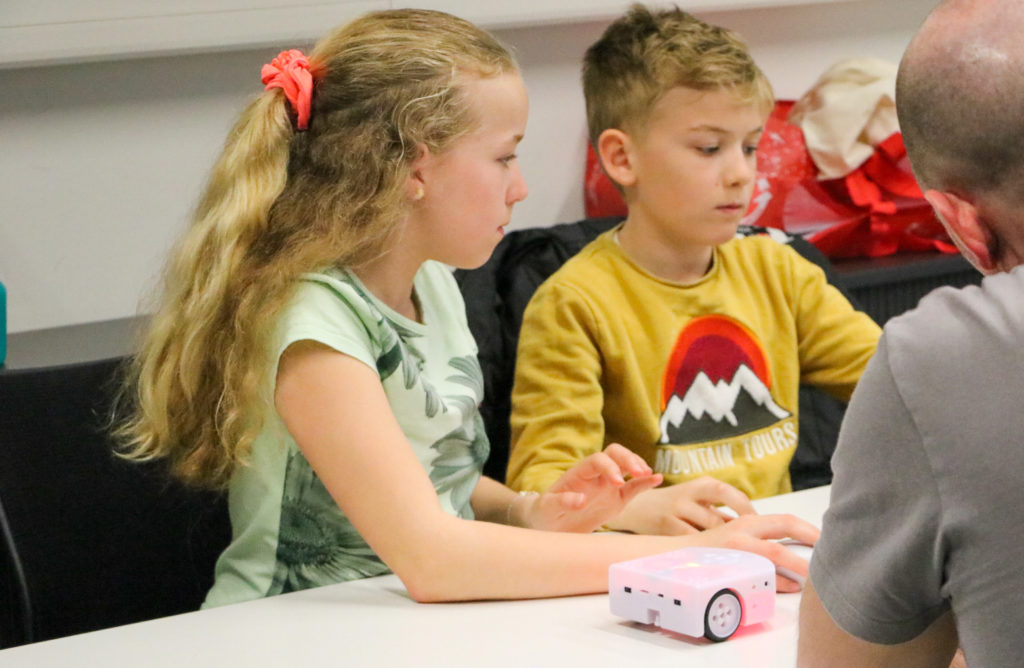R2T2: Collaborative Telerobotics Missions
Join a unique experience where up to 80 students from around the world collaborate remotely to control 16 Thymio robots. Together, they have three hours to coordinate their efforts and repair a damaged power plant on Mars!

The Remote Rescue Thymio II (R2T2) mission is a collaborative educational experience that simulates a remote space intervention. It brings together sixteen teams of students, who may be located in different countries, tasked with piloting Thymio robots physically situated at EPFL.
The scenario is built around a cooperation challenge: a Martian power plant has been damaged by a meteorite and needs repair. Each team controls a robot and must coordinate their actions with others to successfully complete the mission. Success depends on joint planning and effective communication among participants.
Rather than fostering competition, the R2T2 mission emphasizes collaboration. The objective is always achieved within the allotted time—three hours—during which teams complete various tasks, encouraging discussions and strategic decision-making.
R2T2 is accompanied by teacher training and ready-to-use educational materials, making it easier for students to take their first steps in robotics.
Before the mission, a preparatory classroom phase allows teams to explore how the Thymio robot functions through an experiential learning approach. Each group works with their own robot for testing and experimentation, ensuring a solid understanding of key concepts before the remote operation.
During the mission, participants engage with a telerobotic environment: they observe the situation on Mars (simulated at EPFL) via a video feed, design and program their robot’s actions from their classroom, and then analyze the results to refine their strategy. Teams communicate in real time via an online chat, enabling continuous collaboration.
Once their mission is complete, the most advanced teams often take on a spontaneous mentoring role, helping those facing challenges—reinforcing the spirit of teamwork and mutual support at the heart of the R2T2 experience.

Since 2015, more than two thousand students from thirteen countries across Europe, Asia, North America, and Africa have participated in R2T2 space missions.
Feedback from teachers and educators who have taken part in the program highlights six key educational benefits: collaboration, communication, critical thinking, creative problem-solving, computational thinking, and intercultural exchange. Beyond these learning outcomes, the experience is also characterized by a strong sense of enjoyment—some reports even noted that “the children didn’t even realize they were learning because they were having so much fun!”
The R2T2 website provides information on upcoming missions, along with free downloadable educational materials to support teachers in their preparation.
In addition to the Mars mission, which involves sixteen teams over three hours, a more compact Moon mission is also available. Designed for shorter school sessions, it accommodates five to twelve teams and lasts 45 minutes, making it suitable for a single classroom or multiple classes within a school.
Custom missions can also be organized upon request to meet the specific needs and constraints of different institutions.



